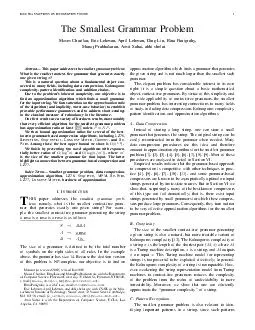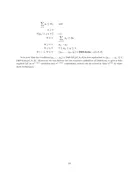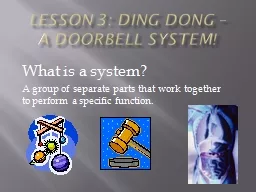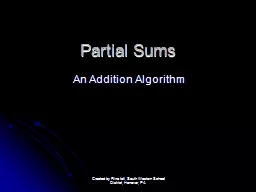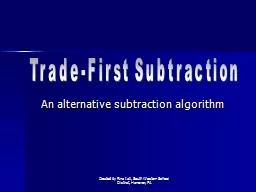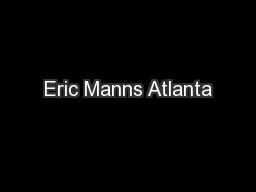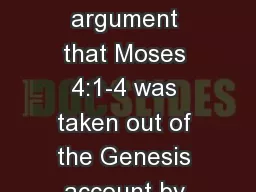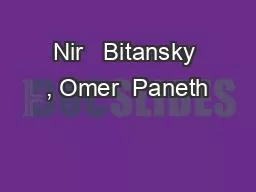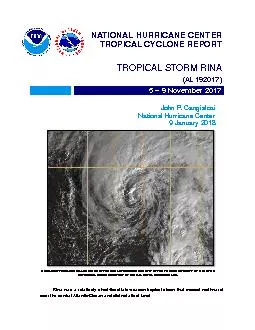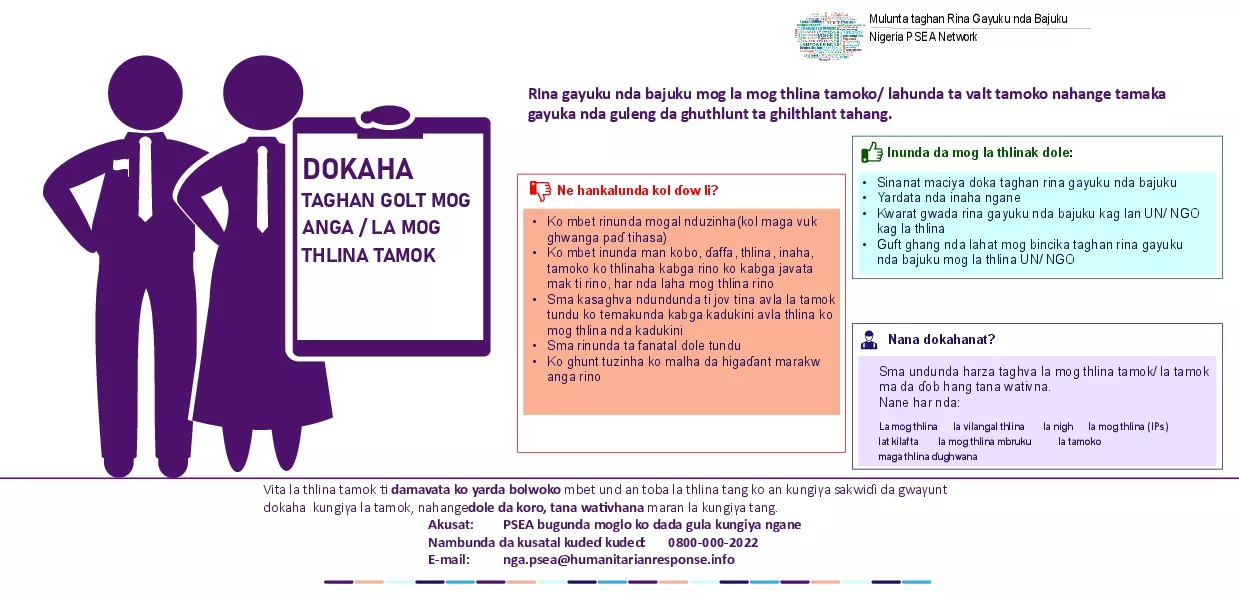PDF-IEEE TRANSACTIONS ON INFORMATION THEORY The Smallest Grammar Problem Moses Charikar Eric
Author : myesha-ticknor | Published Date : 2014-10-18
Due to the problems inherent complexity our objective is to 64257nd an approximation algorithm which 64257nds a small grammar for the input string We focus attention
Presentation Embed Code
Download Presentation
Download Presentation The PPT/PDF document "IEEE TRANSACTIONS ON INFORMATION THEORY ..." is the property of its rightful owner. Permission is granted to download and print the materials on this website for personal, non-commercial use only, and to display it on your personal computer provided you do not modify the materials and that you retain all copyright notices contained in the materials. By downloading content from our website, you accept the terms of this agreement.
IEEE TRANSACTIONS ON INFORMATION THEORY The Smallest Grammar Problem Moses Charikar Eric: Transcript
Download Rules Of Document
"IEEE TRANSACTIONS ON INFORMATION THEORY The Smallest Grammar Problem Moses Charikar Eric"The content belongs to its owner. You may download and print it for personal use, without modification, and keep all copyright notices. By downloading, you agree to these terms.
Related Documents

